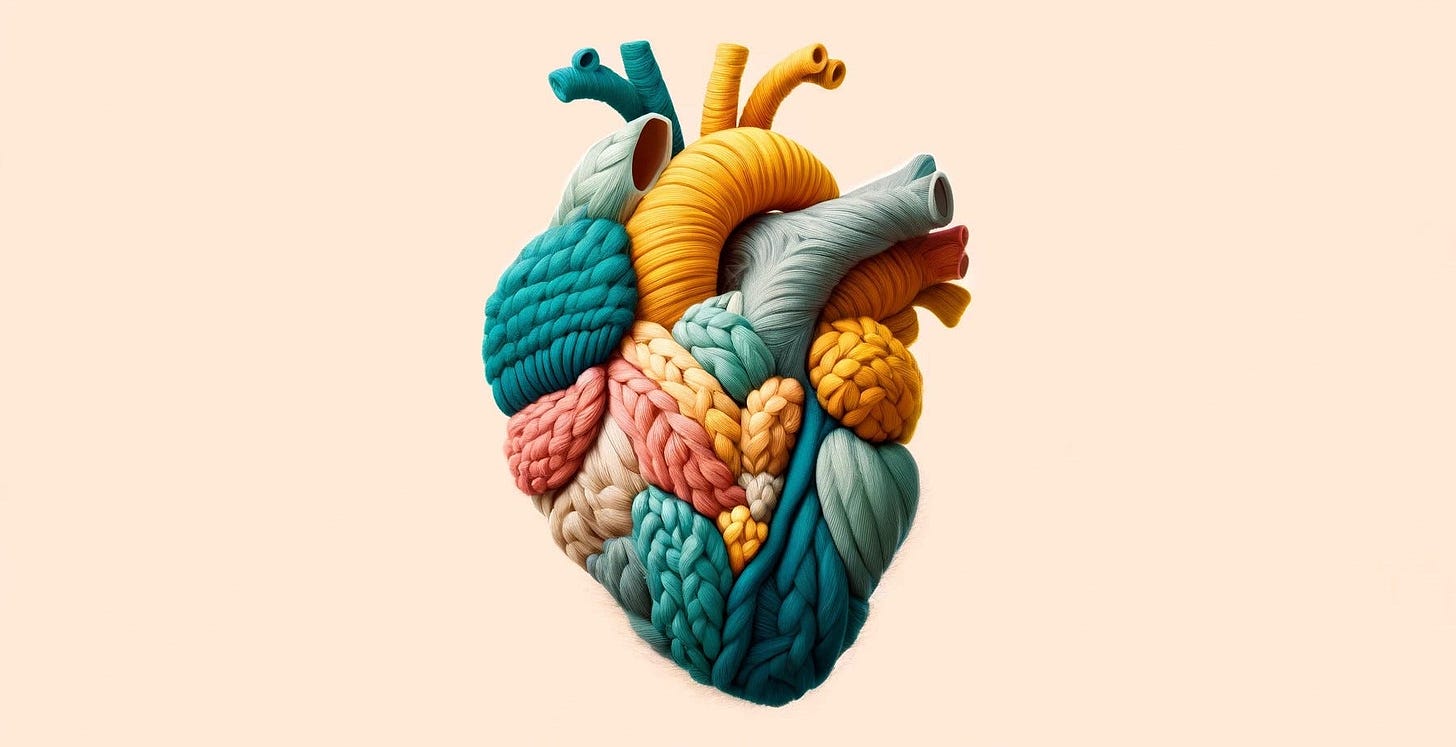AI Can Now Look At Your Heart & Predict How Long You'll Live.
A Deep Dive Into How The Human Heart Works And How An AI Model Can Predict Human Survival Using Cardiac Images
AI is being used to solve complex healthcare problems like never before.
A team of researchers at Imperial College London put forward an amazing AI model that can now ‘look’ at the complex 3D images of a beating heart and predict human survival.
This story is a deep dive into how it was made possible.
Before we go into the actual details of this AI model, let’s learn a bit about how the human heart works.


